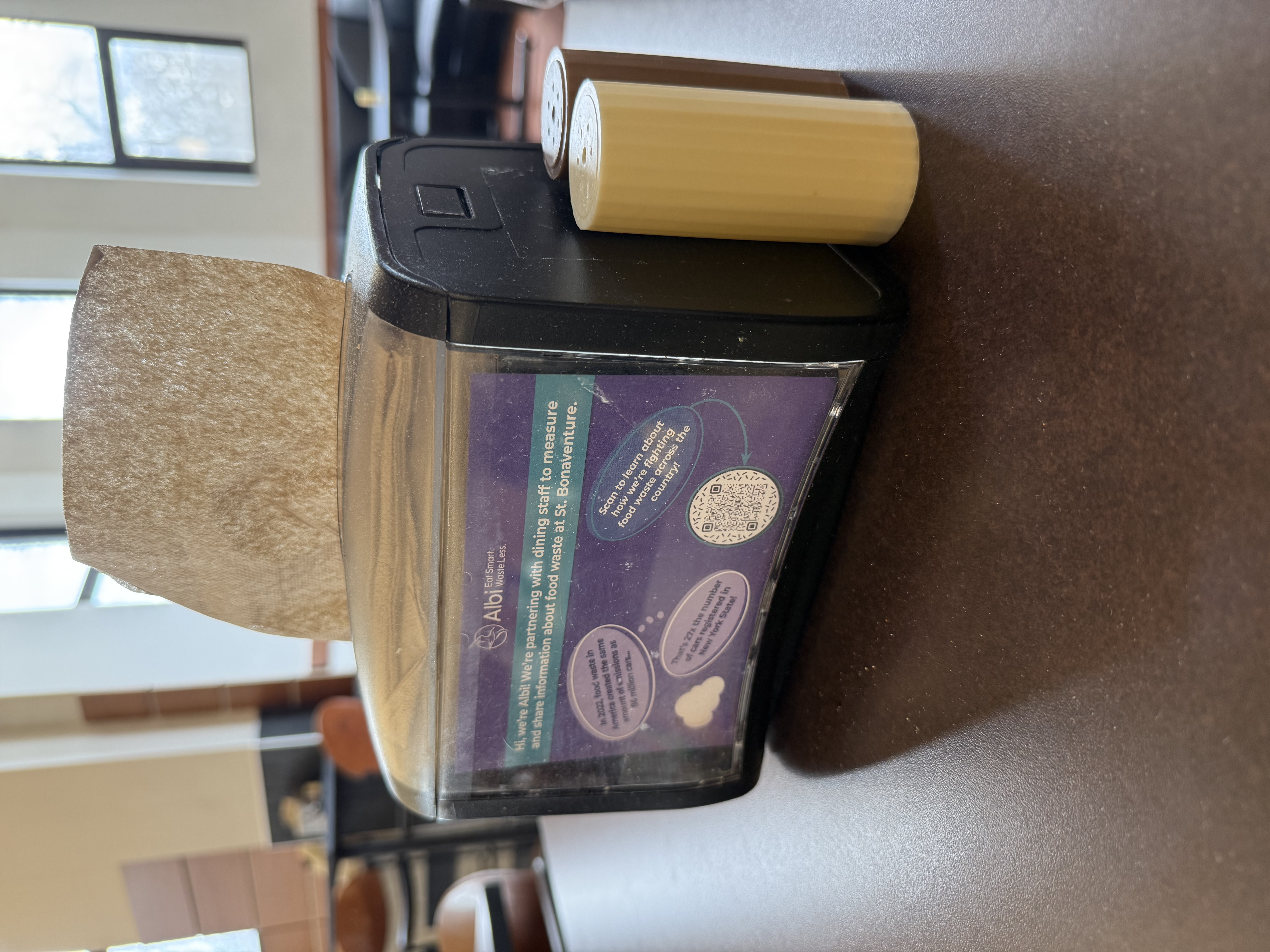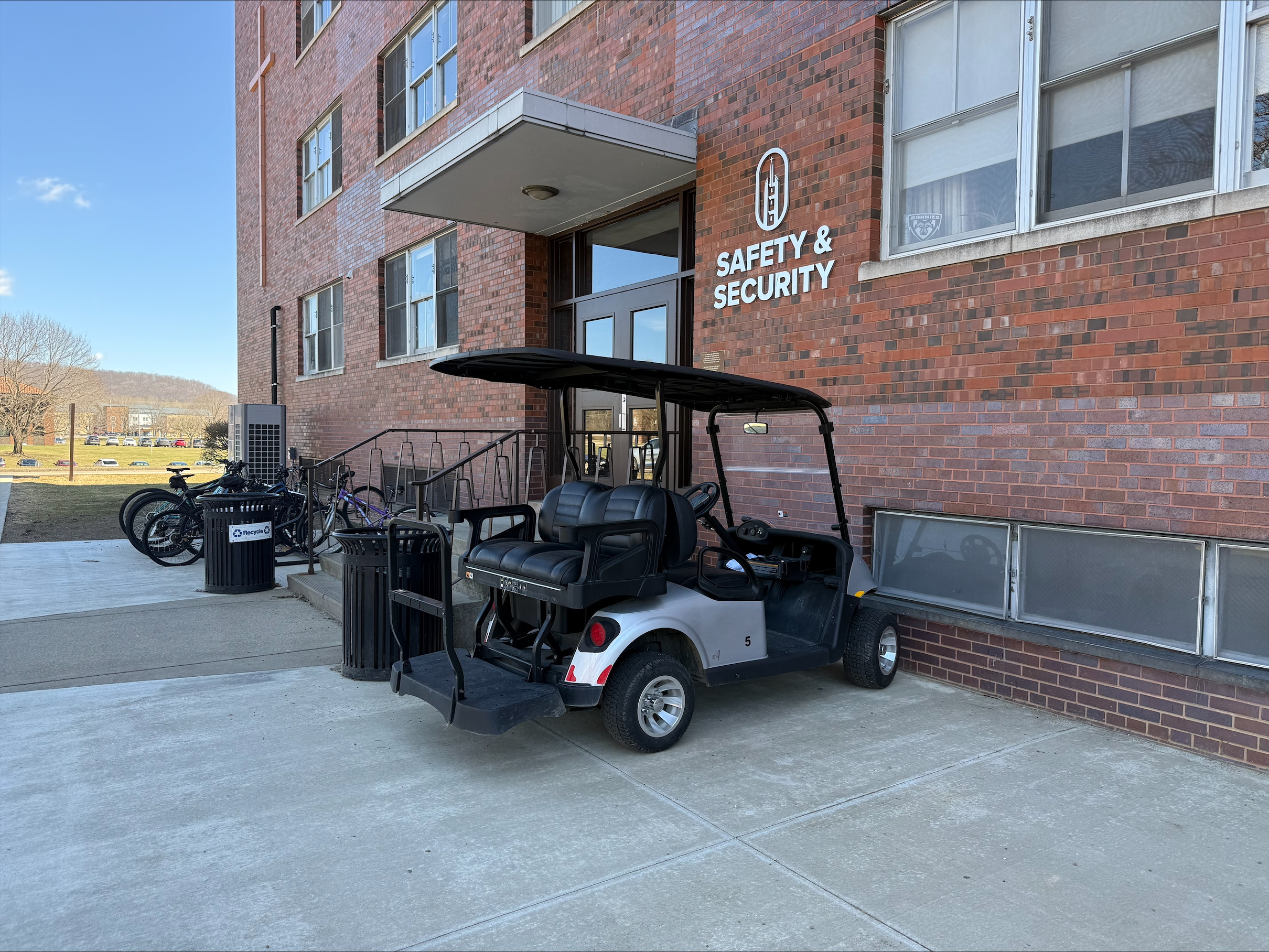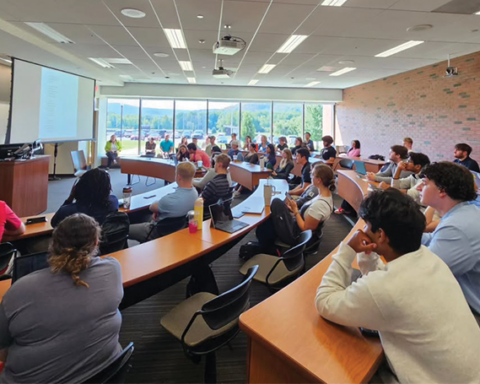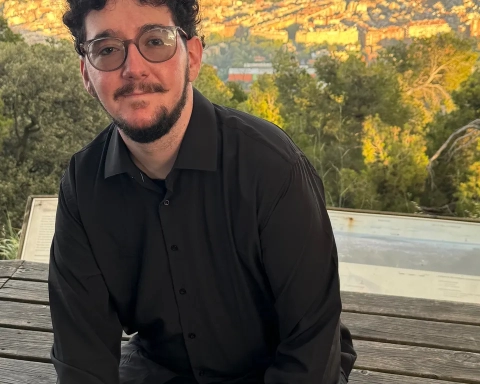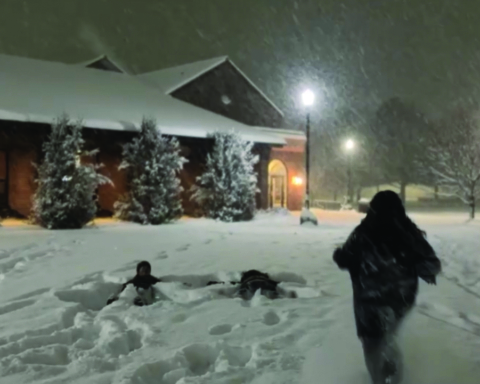By Christina Root
Assistant News Editor
St. Bonaventure held the eighth RaceMatters event of the semester, “Behind the Indian Mascot Mask: The Changing Face of the Native American Athlete,” on Monday.
The event featured a presentation led by Michael Taylor, Ph.D., a visiting professor of culture, race and ethnicity at Ithaca College. Taylor is also a member of the Seneca Nation Wolf clan and a lifelong New York resident.
Taylor introduced the topic by providing the audience with a general background of the Native American mascot so they could understand the topic as a whole, he said.
“Taking this constructed identity off this assumed role, we can get an idea of what real Native people are,” he said.
Taylor used a coin to explain the assumed identity of the Native American.
“Mascots are constructed around two ideas. A masculine savage side, the head of the coin, and a noble side, the tail,” he said. “No matter how fast you flip this coin around, the two will never meet. The reality for Native people exists on the side of the coin, between the two spaces.”
The discussion delved further into the concept of assumptions, with Taylor calling them a “façade.”
“People who say ‘Oh I want to be a Redskin,’ this is an idea constructed by the notion of what ‘Indianness’ represents,” he said.
The event also focused on the mental and physical health statistics of Native Americans.
According to Taylor, Native American young adults have four times the national average for suicide completion, and Native Americans also have an increased risk for diabetes. Taylor said he believes most people want to use the representation of Native Americans as a mascot, but do not want to become informed on real Native American life.
Throughout the 19th century, Native Americans were depicted as warriors and savages, an idea that lead to their representation as mascots, said Taylor.
The demonstration also referenced famous mascots in current professional sports, such as the Washington Redskins, Chicago Blackhawks and the Cleveland Indians.
Taylor explained each mascot in detail, putting emphasis on their exaggerated looks. Taylor also noted none of the mascots were created by Native American people.
“It’s a constructed idea of ‘Indianness,’ not made by Indian hand, made to be what an Indian should represent,” he said.
Local examples of Native American mascots were also analyzed during the event. Taylor briefly mentioned the St. Bonaventure Brown Indian and the Salamanca Warrior.
Taylor noted Salamanca is a tenant on the Seneca Nation territory, and local members of the Seneca Nation have allowed the use of the warrior mascot.
The second portion of the discussion was a presentation of successful Native American athletes, who, according to Taylor, embody true Native American representation.
Taylor mentioned famous athletes Jim Thorpe and Jacoby Ellsbury and Upstate New York lacrosse legends Myles and Lyle Thompson of the Onondaga Nation Territory as representations of true Native American athleticism.
Taylor also addressed questions from the audience. His final statement endorsed legislation enforcement from the “top down.” He stated that most professional athletic teams see themselves as a business and do not have to change their mascots because it is a branding issue.
Taylor also mentioned that the NCAA has regulations that prevent teams from using Native Americans and their artifacts as mascots, except for few exceptions like the Florida State Seminoles, who have permission from the Seminole people.
Taylor finished his discussion by addressing the exclusive nature of the mascots’ representation.
“Natives are the only living, breathing people who are presented as such. You have presidents, you have engineers [as mascots], those are occupations, but Indians…are a group of people who are held up to this light.”


